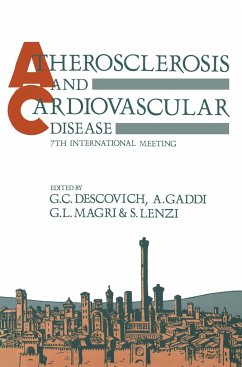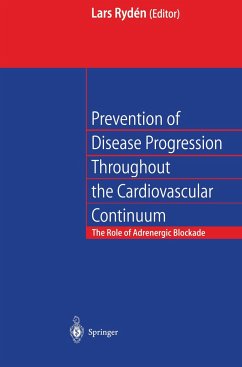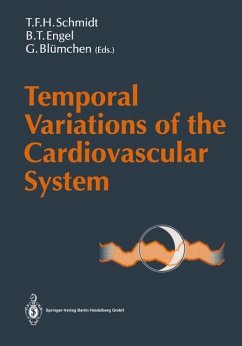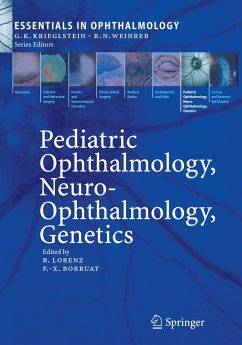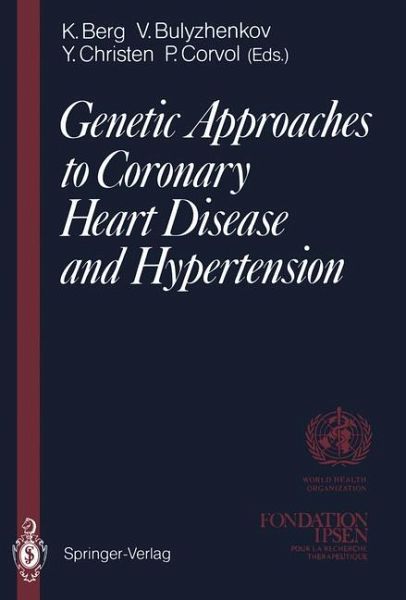
Genetic Approaches to Coronary Heart Disease and Hypertension

PAYBACK Punkte
38 °P sammeln!
Cardiovascular diseases are the principal cause of mortality in many developed countries and are increasing in importance in developing countries where communicable diseases are being brought under control. It is estimated that coronary heart disease (CRD) and cerebrovascular diseases are responsible for between 40-50% of all deaths. Righ blood pressure is common in all industrialized societies and contributes importantly to CRD. It is well known that genetic factors play an important role in the etiology and pathogenes es of cardiovascular diseases and contribute to an individual's susceptibi...
Cardiovascular diseases are the principal cause of mortality in many developed countries and are increasing in importance in developing countries where communicable diseases are being brought under control. It is estimated that coronary heart disease (CRD) and cerebrovascular diseases are responsible for between 40-50% of all deaths. Righ blood pressure is common in all industrialized societies and contributes importantly to CRD. It is well known that genetic factors play an important role in the etiology and pathogenes es of cardiovascular diseases and contribute to an individual's susceptibility or resistance to the disease. The application of modern genetic techniques has resulted in the identification of polymorphie markers that are involved in the normal regulation and function of the cardiovascular system. Many of these may contribute to the individual differences in the risk for CRD and hypertension. It is now known that several risk factors or protective factors with respect to cardiovascular diseases are strongly influenced by genes, and it is now possible to identify individual genes contributing to cardiovascular risk. A large bank of genetic knowledge relevant to CRD and hypertension has become available during the past years. As a result, it is now believed that CRD, for example, could be a good model for a feasibility study to determine a way by which preventive measures can be applied.





